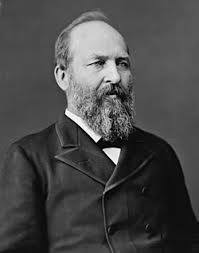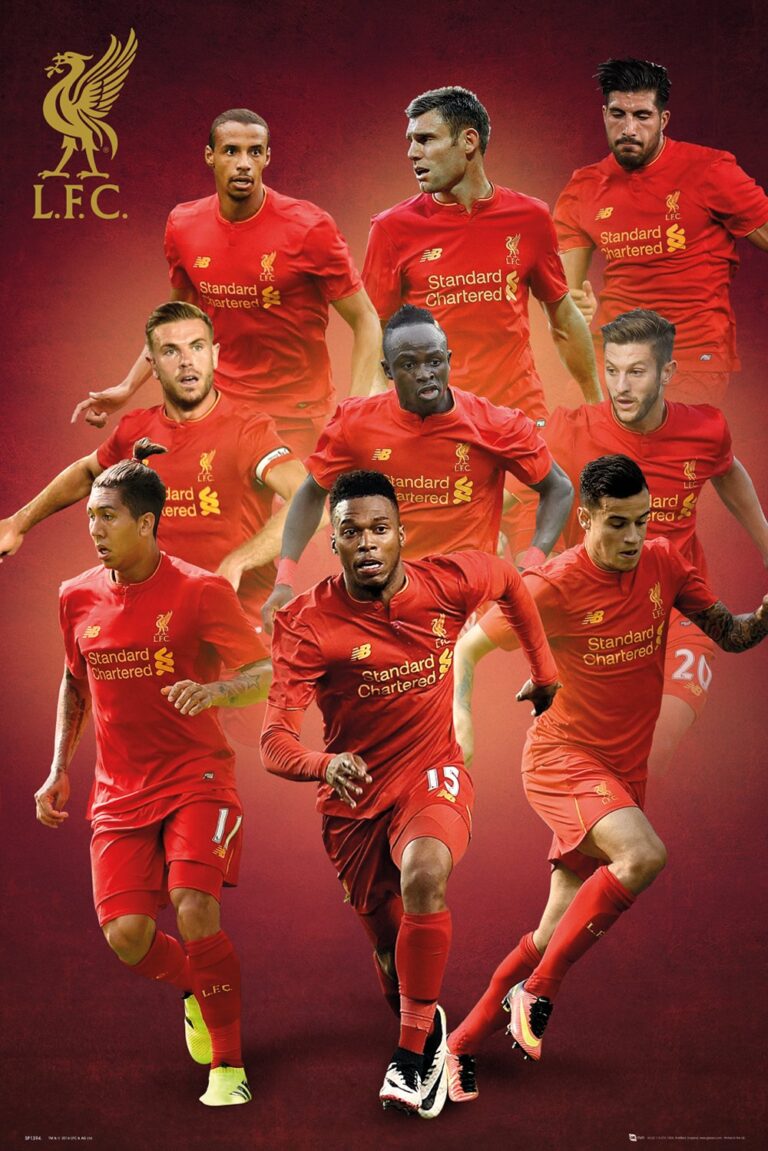
Introduction
Italy, a nation renowned for its rich history, art, and culinary delights, plays a crucial role in European and global affairs. With a GDP of approximately €2 trillion, it stands as one of the largest economies in the European Union. As Italy navigates recovery from the COVID-19 pandemic while facing various political and social challenges, understanding the current landscape becomes vital for investors, tourists, and policymakers alike.
Cultural Significance
Italy’s cultural contributions are unparalleled. Home to the likes of Leonardo da Vinci and Michelangelo, the Italian Renaissance continues to influence contemporary art. Major cities like Rome, Florence, and Venice attract millions of tourists annually, contributing significantly to the economy. The Italian government has been prioritizing tourism recovery post-pandemic, showcasing various campaigns aimed at both domestic and international travelers.
Economic Landscape
Italy’s economy, characterized by a mix of traditional industries and modern tech innovations, is seeking to revitalize following the pandemic’s disruption. The national government is investing in green technologies, aiming to shift towards sustainable energy and reduce carbon emissions by 55% by 2030. Additionally, Italy has been a key beneficiary of the EU’s recovery fund aimed at boosting economic stability and growth.
Current Events
Recently, Italy has been addressing significant challenges regarding immigration, with the southern regions facing influxes of migrants from Africa and the Middle East. The Italian government is grappling with how to manage this issue while balancing humanitarian needs and public opinion. Legislative changes have been proposed to streamline the asylum process while ensuring security.
Political Landscape
Politically, Italy has experienced shifts in leadership, with Giorgia Meloni becoming the first female Prime Minister in October 2022. Her government prioritizes conservative policies, and there’s ongoing debate surrounding economic reforms and immigration policy. As Italy heads into elections in 2024, these issues remain central to public discourse and voter sentiment.
Conclusion
Italy’s cultural richness and economic significance position it as a vital country within Europe and globally. As it emerges from the pandemic, the blend of historical legacy with modern challenges paints a complex but promising picture. Observers can anticipate fluctuations in tourism, economic reforms, and changes in political leadership to shape Italy’s future. Understanding these dynamics will be essential for stakeholders looking to engage with or invest in this historic nation.



